Incyte’s recent announcement on the topline results from two Phase III clinical trials of povorcitinib in patients with hidradenitis suppurativa has stirred both hope and caution in the market.
Hidradenitis suppurativa — affecting roughly 1% of the population — is a chronic skin condition marked by painful boils and abscesses that can significantly disrupt daily life. Standard treatment strategies include combinations of antibiotics, hormonal therapies and biologic agents — most notably adalimumab (Humira), the only FDA-approved biologic for moderate to severe cases — while surgery remains an option for advanced disease.
Janus kinase one (JAK1) plays a central role in the signaling pathways of several inflammatory cytokines. By inhibiting this protein, povorcitinib reduces the inflammatory signals that contribute to abscess and nodule formation.
In earlier Phase II studies, about 48% to 50% of patients achieved at least a 50% reduction in lesions — a measure known as HS (hidradenitis suppurativa) clinical response at 50% (HiSCR50). These promising figures had set high expectations for subsequent trials.
However, the Phase III data revealed a more nuanced picture.
In the Phase III STOP-HS1 trial, patients on the 45 mg dose of povorcitinib achieved a HiSCR50 response rate of 40.2%, while the 75 mg group reached 40.6%, compared to roughly 29.7% for placebo.
The other Phase III trial, STOP-HS2, showed a 42.3% response rate for both dosing groups, with placebo responses around 28.6%.
It’s important to note that the Phase III trials also demonstrated efficacy in patients who received biologics but did not respond well to them — 34.2% and 37.8% of such patients achieved HiSCR50 on the 45 mg and 75 mg doses in STOP-HS1 (versus 21.9% with placebo), with similar results in STOP-HS2.
Investor reaction was sharp — a nearly 9% stock decline followed the Phase III announcement. On March 17, 2025, Incyte’s stock closed at $62.01, down 8.62% from the previous close of $67.86.
Current Share Price:
This tempered enthusiasm did not arise in a vacuum; just a month earlier, sales forecasts for key drugs like Jakafi (ruxolitinib, used in myelofibrosis and polycythemia vera) and Opzelura (ruxolitinib cream, for atopic dermatitis and vitiligo), had already fallen short of analyst expectations, cooling investor sentiment.
As reported by Investors.com, RBC Capital Markets analyst Brian Abrahams stated, “The drug did hit on statistical significance and could be a viable entrant. Though as we anticipated, we believe it will likely be relegated to later-line, post-biologics setting given lesser efficacy and safety baggage.”
Despite the modest efficacy, the safety profile remained consistent — a crucial factor for chronic conditions requiring long-term treatment.
As per the company’s fourth quarter and year-end financial release, Incyte plans to initiate a Phase III trial of ruxolitinib cream for mild to moderate hidradenitis suppurativa, targeting a more ambitious HiSCR75 endpoint (a 75% reduction in lesions).
Pivotal data readouts for povorcitinib in vitiligo and prurigo nodularis are expected in late 2025 and early 2026, respectively, while a regulatory submission for tafasitamab in follicular lymphoma is planned by year-end, with potential approval in the second half of 2025.
Financially, new product indications could add over $800 million to Incyte’s incremental revenue by 2029, though cautious optimism prevails in the near term.
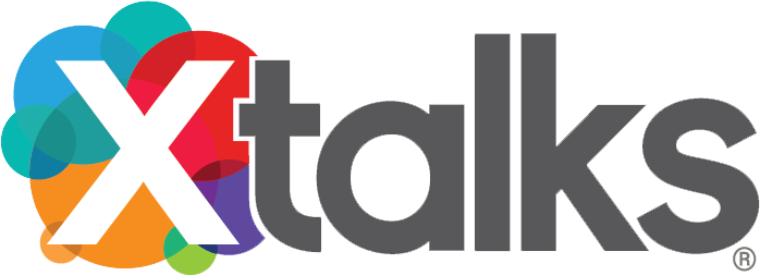

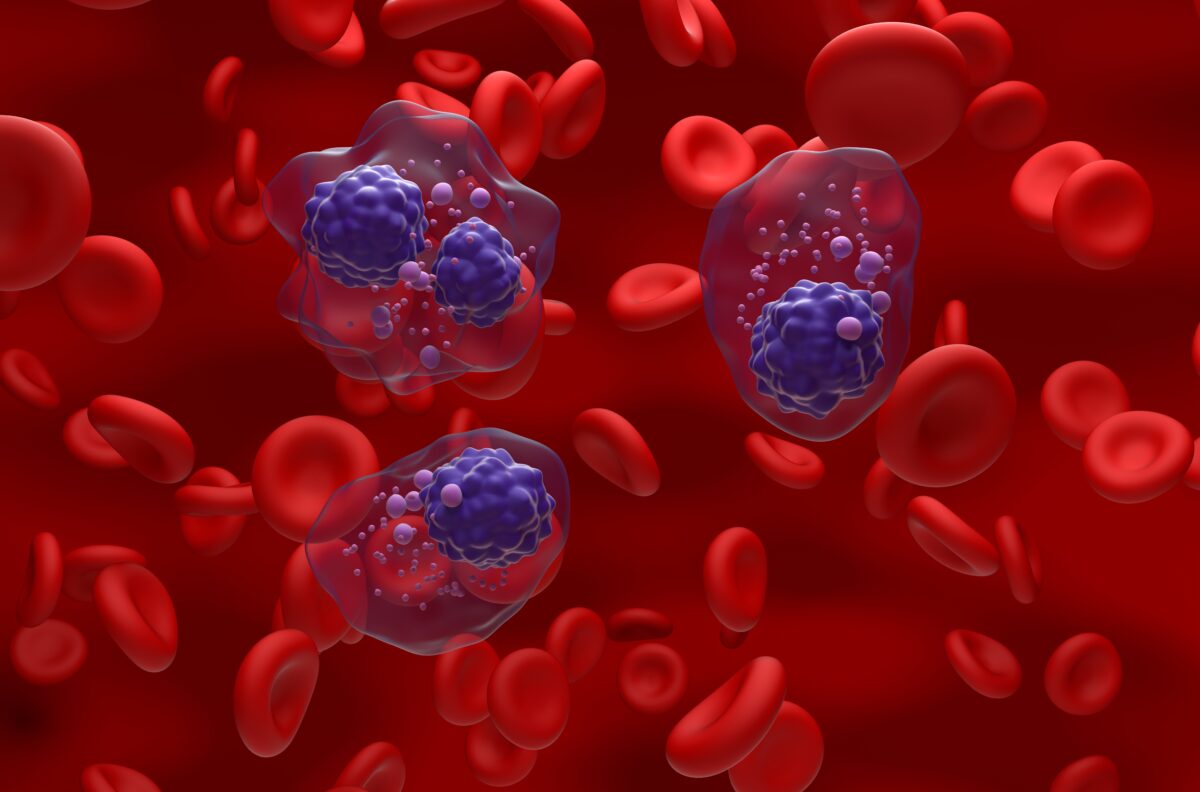
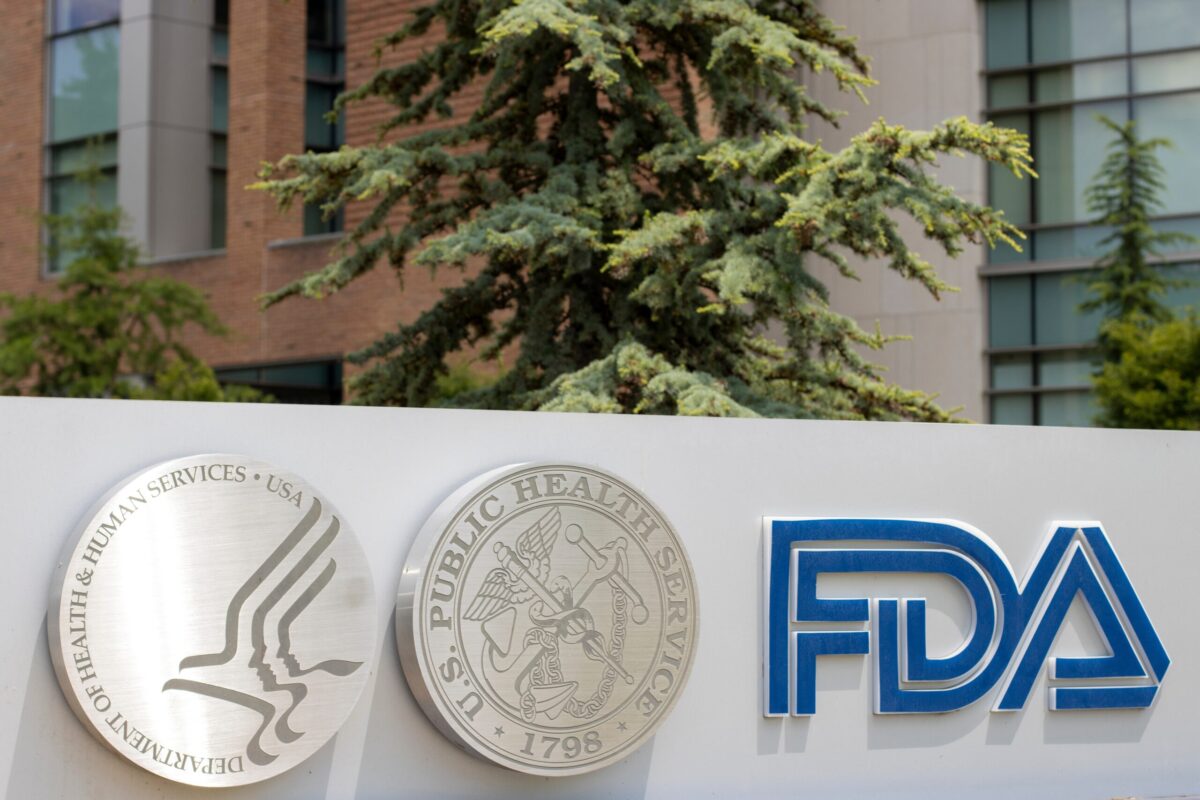
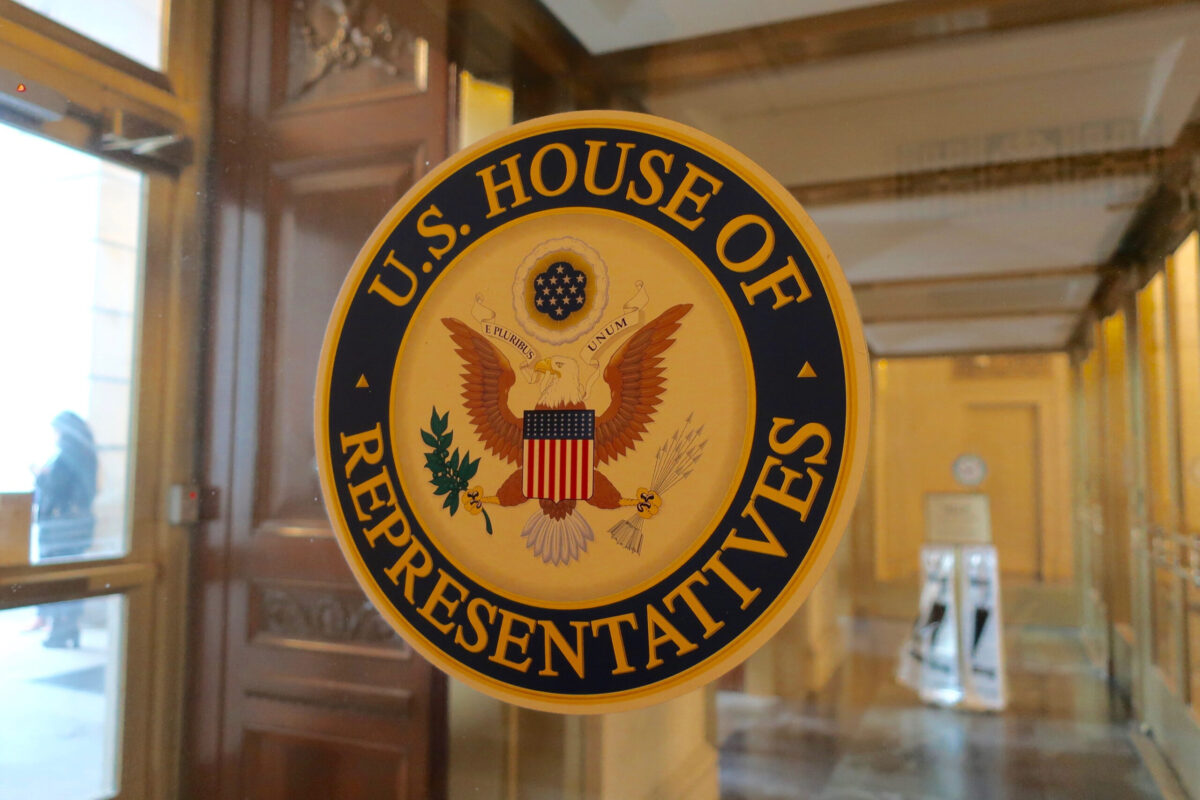
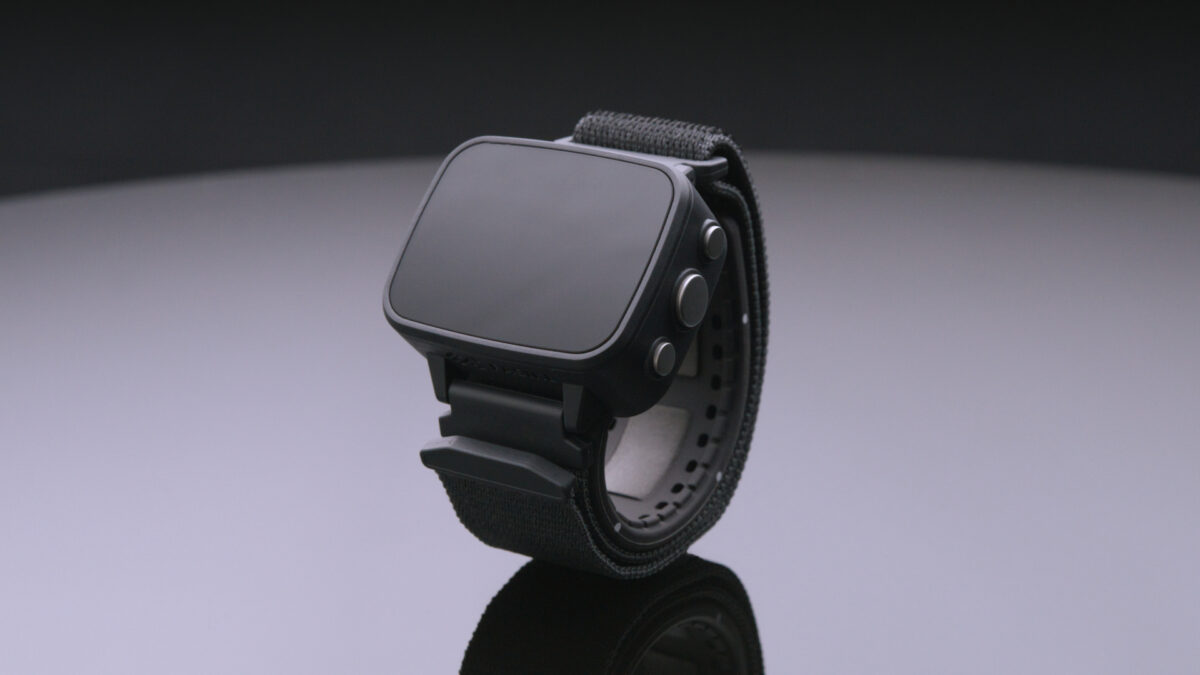





Join or login to leave a comment
JOIN LOGIN